VISUAL INDETERMINACY – Lecture by Robert Pepperell
Posted: October 26, 2014 Filed under: SUBJECT, Subject - Contextualisation | Tags: art, art lecture, art student, documenting, fine art, how we see the world, robert pepperell, visual indeterminacy, visual perception Leave a commentWhy do artist’s make pictures that are hard to recognise?
Film: An extract from – The Cabinets of Doctor Caligari – For a moment you cannot work out what you are looking out, there is a different way of seeing the world to how it is ordinarily viewed. Usually you can make sense of what you are experiencing but every now and then, you can’t.
Visual Indeterminacy occurs when an object or scene is full of visual information that defies what we can process.
Rolf Harris used to paint things that you couldn’t work out until the very end. Puzzling to decipher. There used to be quiz shows with Puzzles where you have to work out what an image is from a close up. Once you knew what it was, you couldn’t view it in any other way.
Film: Blow up. There are as couple of moments in it where visual indeterminacy plays a part. It occurs frequently, actually quite common and occurs a lot in art.
Many artists have been fascinated by making art that is indecipherable.Joseph Wright of Derby – an experiment of a bird in an air pump 1769 – The glass Jar in the front of the painting has caused a lot of discussion and you cannot work out what the object inside is. The artist put it there to get viewers wondering, arguing debating, he wanted to leave a lasting curiosity.
JMW Turner – Interior at Petworth 1835 – 40 -Some kind of architectural interior but you don’t actually know what the objects within the work are. Painted with precision but you cannot work out what the objects depict. Cartoons appeared in the paper, suggesting he didn’t have a clue what he was doing and had no control.
Odela Redon – Prototypesurrealism. Made a series of paintings and drawings that are deliberately indeterminate. “My drawings and inspire and cannot be defined, they do not determine anything”
Claude Monet – Grainstack at sunset 1801. Kandinsky as a student, viewed this and couldn’t work out what it was of. It was no less beautiful or powerful because he couldn’t work it out. In fact it was more powerful because of the fact that it was indecipherable to him. Objects are discredited as an essential element within the picture. This highly influenced his own work. He Saw his piece autumn in Bavaria upside down and realised painting could be potent without any recognisable subject matter. Kandinsky started working with supressed objects. He was not making abstract art. He made indeterminate paintings that suggested subject matter or forms. Artists started experimenting with indeterminate imagery in the early 20th century. “The difficulty with art is not making the work, but how to view it”. People were not comfortable, not being able to make sense of what they are looking at.
Picasso, still life with Lemon. Paintings of everyday objects, painted indeterminately.
Francis Bacon – Three studies for a crucifixion 1962. It is a figure but where is the face? What is happening. We should decide. “I want a very ordered image but for it to come about by chance. As factual as possible but at the same time as deeply suggestive or deeply unlocking of areas of sensations”. – Interview with David Sylvester
When you view Gerhard Richter’ work – as an image it often doesn’t make sense, the title gives you things to look for. “A good picture takes away our certainty and deprives the painting of it’s meaning or name.” Not abstract in a sense of being purely about shape or form. He makes a realistic image and when the painting is still wet, gets a squeegee and pulls the paint across the image. Working in the boundary between realism and abstraction. Indeterminate outcome.
Monet – Rouen Cathedral – Monet was a radical artist in many ways. Passionate about how we see the world. Believed that a painter should not paint things as they were seen. You should not paint a church, because you see a patchwork of colours that you can interpret as being a church. The job of the artist is to paint the patterns of light that are making up the church. This is a painting of light coming off the structure not a structure itself. Artists stopped painting what we see and started to paint how we see.
Paul Cezanne – Still life with teapot. Fascinated with how to record visual experience, you can see him recording the how, not just the what. Reflecting different views of the world to explore it.
Visual Perception – Not simply a matter of us opening our eyes, vision is an act of process of construction. Nobody really understands how we get a visual experience of the world. We know about light and the visual part of the brain but that is as far as it goes. Actively exploring your environment in a productive way, is not a passive process of reception. We do not see what is there, we make it up.
Rolling eyes on a hollow mask. Rotating in only one direction only but it seems like it is going two directions and they eyes appear to move but they aren’t. Even though you know that the nose sticks in, your brain makes it looks like it is out. Most of what we see is incorrect.
Seeing – Bottom up/Low Level – If you manage to ignore everything, it would be an array of shapes forms and patterns.
Knowing, Top Down – Is using your knowledge to see the shapes and make you know it is a certain object.
SEEING + KNOWING = EXPERIENCE OF REALITY
Seeing and Knowing become seperate in Visual Indeterminacy. If you cannot see something, you see patterns and shapes. Once you know what it is, you will always see that, not the shapes you would see without knowing.
BOOK: Dario Gamboni – Proffessional Images 2003.
Visual indeterminacy is a common feature of art and a deliberate feature.
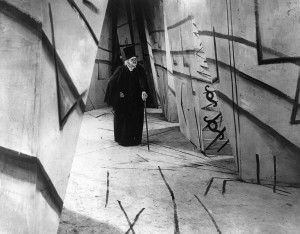
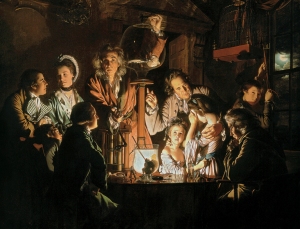
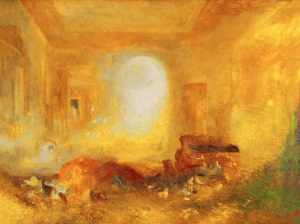
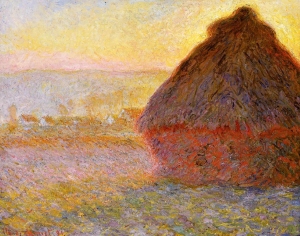
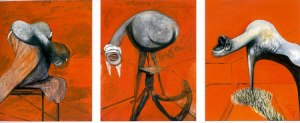
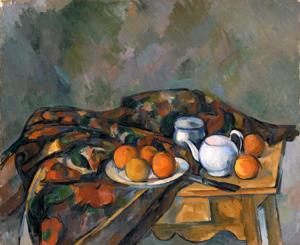
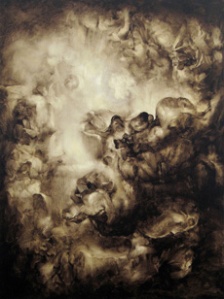


Recent Comments